Andaman and Nicobar Islands
Geography
The Andaman and Nicobar Islands are a group of islands at the southeastern edge of the Bay of Bengal. The territory is 150 km north of Aceh in Indonesia and separated from Thailand and Myanmar by the Andaman Sea. It comprises two island groups, the Andaman Islands and the Nicobar Islands, separated by the 10°N parallel, with the Andamans to the north of this latitude, and the Nicobars to the south (or, by some definitions, just south). The Andaman Sea lies to the east and the Bay of Bengal to the west.
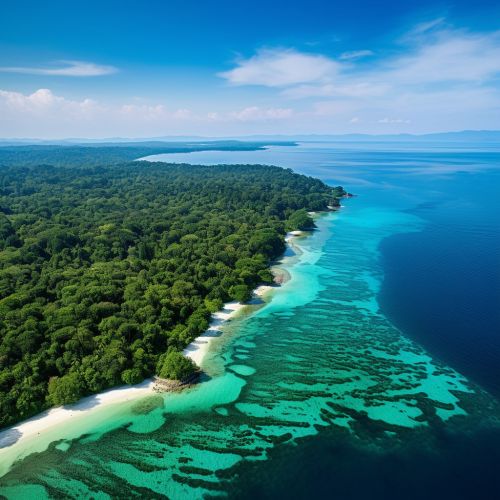
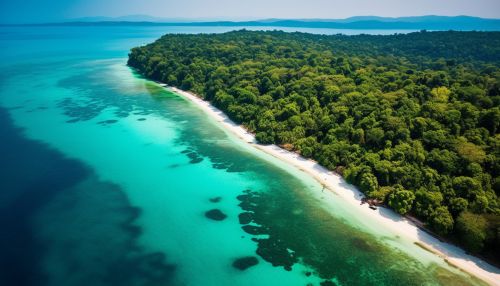
The territory's capital is the city of Port Blair. The total land area of these islands is approximately 8,249 km2 (3,185 sq mi). The capital of Nicobar Islands is Car Nicobar. The islands host the Andaman and Nicobar Command, the only tri-service geographical command of the Indian Armed Forces.
History
The Andaman and Nicobar Islands have been inhabited for several thousand years, at the very least. The earliest archaeological evidence yet documented goes back some 2,200 years; however, the indications from genetic, cultural and linguistic isolation studies point to habitation going back 30,000–60,000 years, well into the Middle Paleolithic.
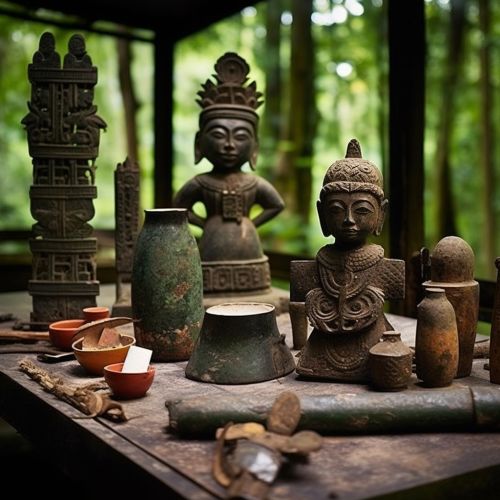
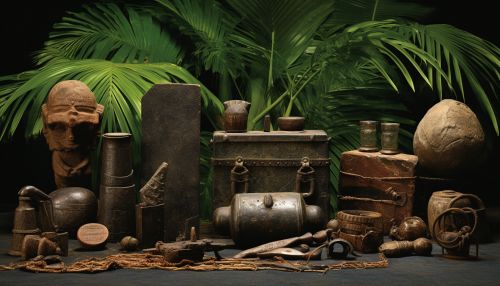
In the Andaman Islands, the various Andamanese people maintained their separated existence through the vast majority of this time, diversifying into distinct linguistic, cultural and territorial groups. By the 1850s when they first came into sustained contact by outside groups, the indigenous people of Andamans were: the Great Andamanese, who collectively represented at least 10 distinct sub-groups and languages; the Jarwa; the Onge; and the Sentinalese (whose population is now estimated to be under 100). The indigenous peoples of the Nicobars (unrelated to the Andamanese) have a similarly isolated and lengthy association with the islands. There are two main groups: the Nicobarese, or Nicobari, living throughout many of the islands; and the Shompen, restricted to the interior of Great Nicobar.
Flora and Fauna
The Andaman and Nicobar Islands are home to a variety of flora and fauna, many of which are endemic to the islands. The territory is home to about 2,200 varieties of plants. Of these, over 1,300 are endemic and 200 are considered rare. The South Andaman forests have a profuse growth of epiphytic vegetation, mostly ferns and orchids.
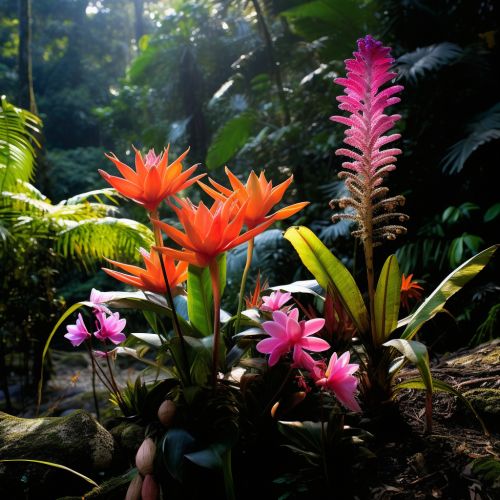
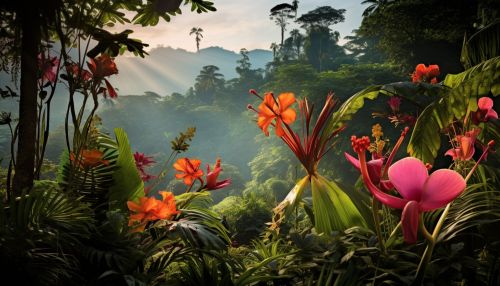
The Andaman forests are largely evergreen, but the Nicobar Islands have extensive areas of grassland with scattered patches of forests. The present forest coverage is claimed to be 86.2% of the total land area. This is, however, subject to the definitions of "forest", which vary widely among institutions and stakeholders.
The islands are home to a number of animals, many of which are endemic. The Andaman Islands are home to the Andaman Wild Pig, Andaman Horseshoe Bat, Andaman Rat, and the Crab-eating Macaque. The Nicobar Islands are home to the Nicobar Treeshrew, Nicobar Sparrowhawk, and the Nicobar Pigeon.
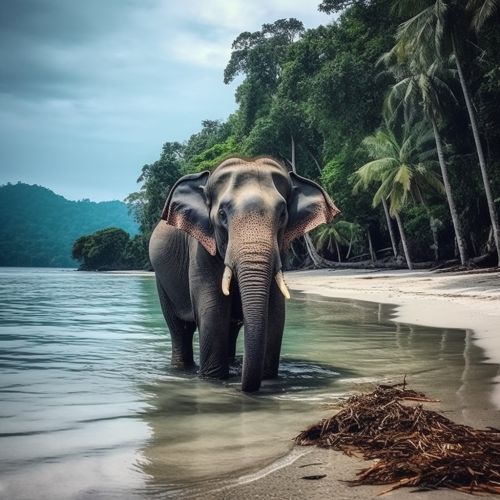
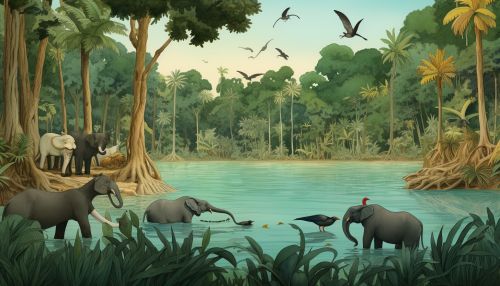
Economy
The economy of the Andaman and Nicobar Islands is primarily based on agriculture, with the service sector featuring prominently as well. The islands have a low per capita income compared to the mainland, and a limited number of industries.
Agriculture is the mainstay of the economy, employing a large proportion of the population. Fruits such as mango, sapota, orange, banana, papaya, pineapple and root crops are grown. Areca nut is the main cash crop and is grown in the Andamans, while coconut and cashew are the significant cash crops of the Nicobars.
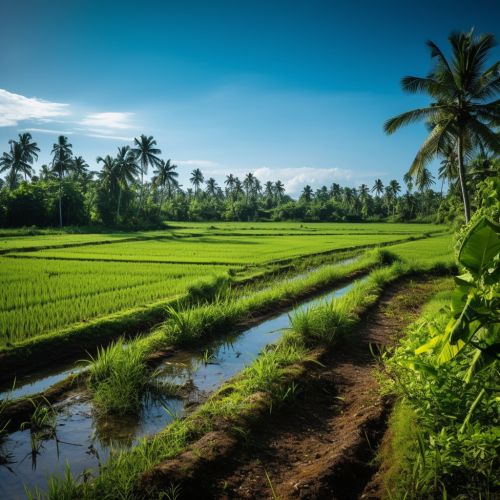
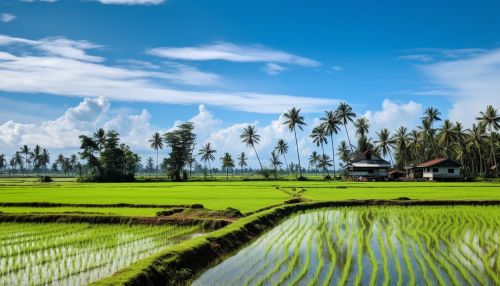
The service sector is made up of real estate and insurance, trade, hotels and restaurants, and transport and communication. In the future, the government plans to make the Andaman and Nicobar Islands a maritime hub, taking advantage of its strategic location.
Culture
The culture of the Andaman and Nicobar Islands is vastly different from that of the mainland India. It represents a unique blend of traditional Indian, colonial, and indigenous cultures. The majority of the population in the Andamans is Bengali followed by Hindi, Tamil, Telugu and Malayalam speakers. Despite this diversity, the people of the islands have a harmonious social structure and a low crime rate.
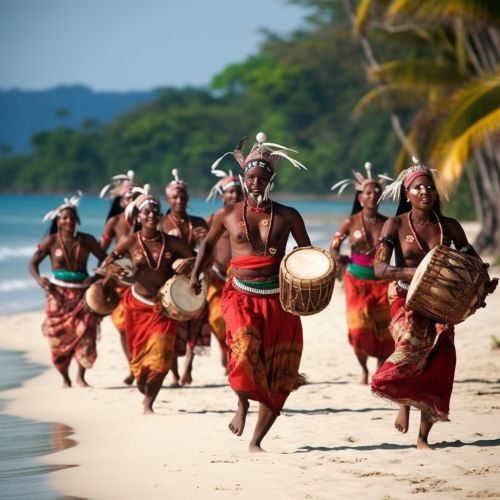
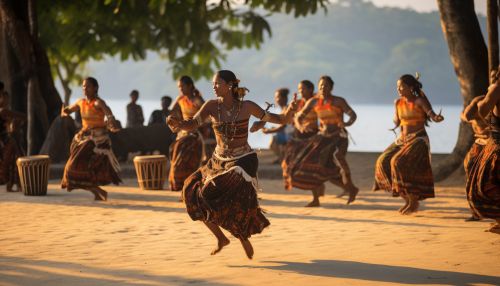
The Nicobarese people are the majority ethnic group in the Nicobar Islands, and they have a completely different culture from the Indian mainland. They are traditionally village-dwelling and engage in activities such as farming, fishing and hunting.
